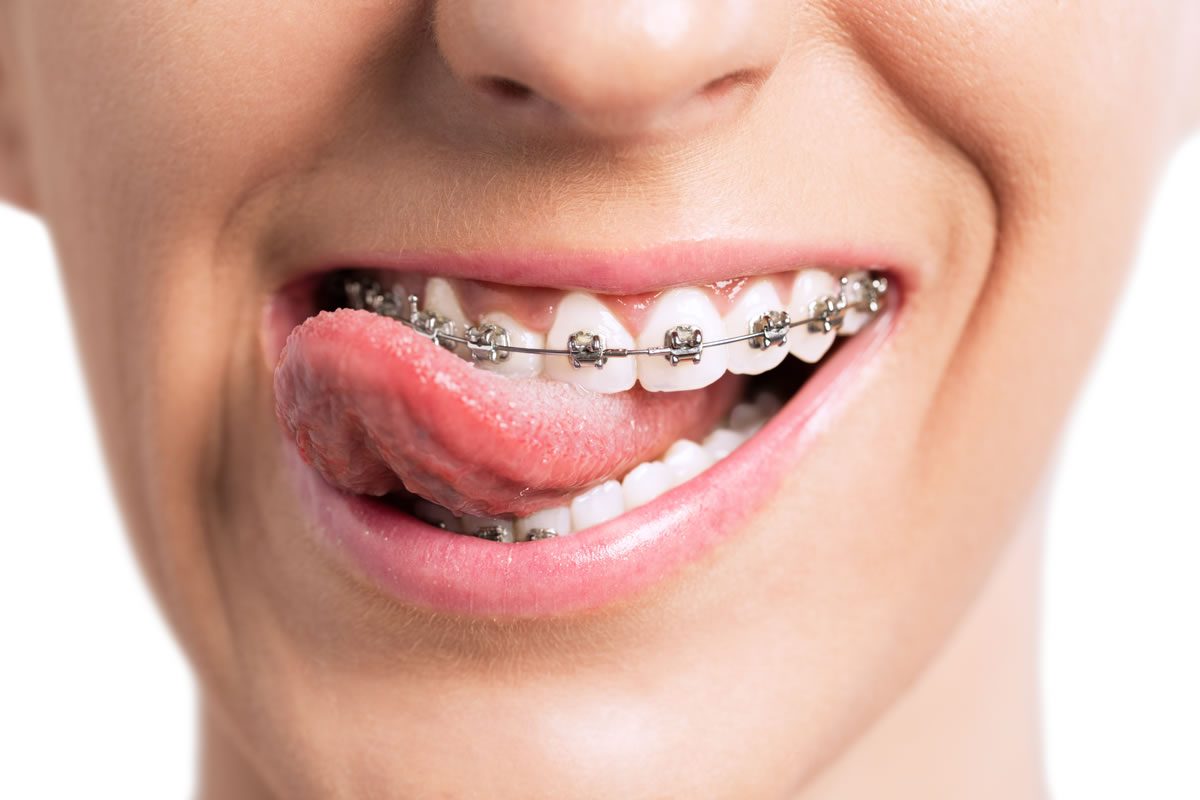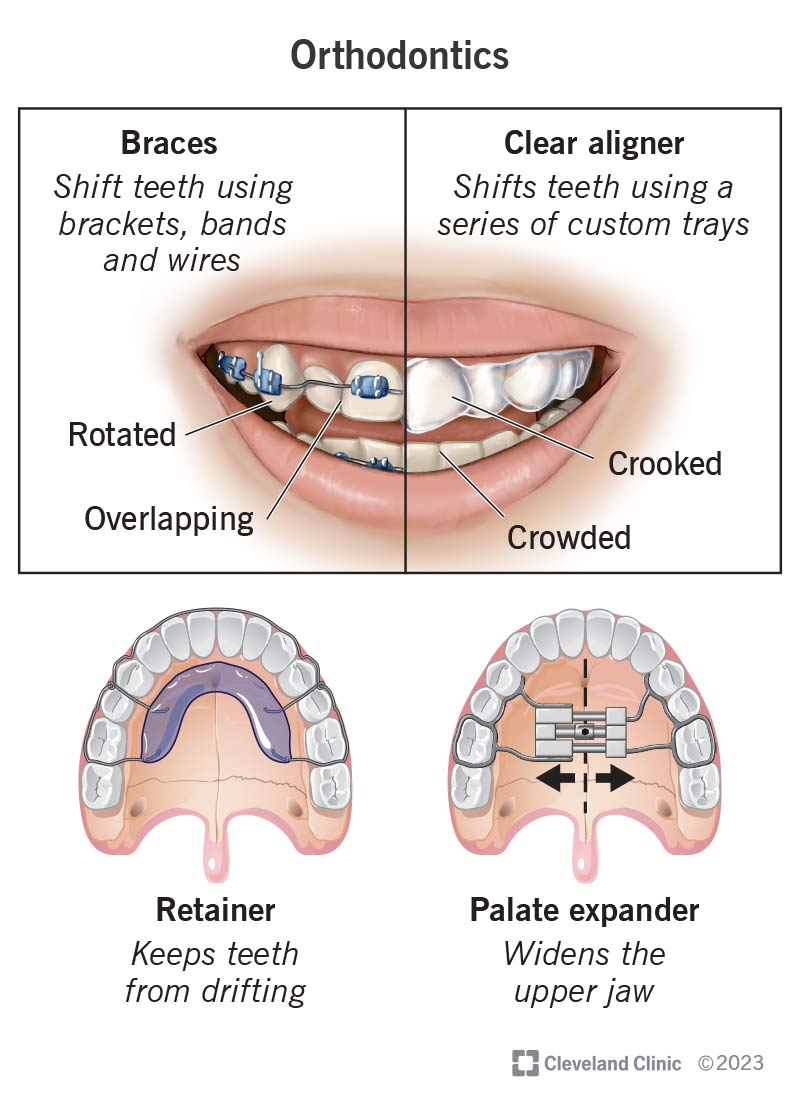Get This Report about Causey Orthodontics
Table of ContentsExcitement About Causey OrthodonticsThe Best Strategy To Use For Causey OrthodonticsAll About Causey OrthodonticsThe 45-Second Trick For Causey OrthodonticsThe Definitive Guide for Causey Orthodontics
Overlooking occlusal connections, it was typical to get rid of teeth for a variety of oral problems, such as malalignment or congestion. The idea of an undamaged dentition was not extensively appreciated in those days, making bite correlations seem irrelevant. In the late 1800s, the principle of occlusion was necessary for producing trustworthy prosthetic replacement teeth.As these principles of prosthetic occlusion advanced, it became a vital tool for dentistry. It was in 1890 that the job and influence of Dr. Edwards H. Angle started to be really felt, with his contribution to contemporary orthodontics particularly significant. Concentrated on prosthodontics, he showed in Pennsylvania and Minnesota prior to routing his focus in the direction of oral occlusion and the treatments required to keep it as a normal condition, therefore ending up being recognized as the "dad of modern orthodontics".

The idea of ideal occlusion, as proposed by Angle and incorporated right into a classification system, allowed a change in the direction of dealing with malocclusion, which is any variance from normal occlusion. Having a full collection of teeth on both arcs was very searched for in orthodontic therapy as a result of the demand for specific partnerships in between them.
The 45-Second Trick For Causey Orthodontics
As occlusion ended up being the essential concern, face proportions and looks were overlooked - affordable orthodontist near me. To accomplish perfect occlusals without utilizing outside pressures, Angle postulated that having best occlusion was the most effective method to get optimal face aesthetic appeals. With the passing away of time, it came to be rather noticeable that also a remarkable occlusion was not ideal when considered from an aesthetic point of view
It ended up being apparent that orthodontic therapy can change mandibular advancement, causing the formation of practical jaw orthopedics in Europe and extraoral force steps in the US. Nowadays, both practical home appliances and extraoral devices are applied around the world with the aim of amending growth patterns and types. Pursuing true, or at least improved, jaw connections had actually become the main purpose of therapy by the mid-20th century.
What Does Causey Orthodontics Do?
 Up until the mid-1970s, braces were made by covering steel around each tooth. https://photouploads.com/causeyortho7., it ended up being feasible to instead bond metal brackets to the teeth.
Up until the mid-1970s, braces were made by covering steel around each tooth. https://photouploads.com/causeyortho7., it ended up being feasible to instead bond metal brackets to the teeth.This has had meaningful results on orthodontic therapies that are provided on a regular basis, and these are: 1. Proper interarchal relationships 2. Appropriate crown angulation (pointer) 3.
The benefit of the style exists in its bracket and archwire mix, which calls for only minimal cord flexing from the orthodontist or clinician (orthodontist near me). It's aptly named after this feature: the angle of the slot and thickness of the brace base ultimately establish where each tooth is located with little requirement for extra control
The Facts About Causey Orthodontics Revealed
Both of these systems used identical brackets for every tooth and required the flexing of an archwire in 3 planes for situating teeth in their preferred placements, with these bends determining utmost placements. When it involves orthodontic devices, they are divided right into two kinds: removable and dealt with. Removable appliances can be handled and off by the person as needed.

Therefore, almost all contemporary set devices can be thought about variations on this edgewise appliance system. Early 20th-century orthodontist Edward Angle made a major payment to the world of dentistry. He developed four unique home appliance systems that have been utilized as the basis for lots of orthodontic therapies today, disallowing a few exceptions.
9 Simple Techniques For Causey Orthodontics

The cord ended in a thread, and to relocate onward, a flexible nut was utilized, which enabled a rise in area. By ligation, each specific tooth was connected to this extensive archwire (emergency orthodontist near me). As a result of its limited series of activity, Angle was unable to accomplish accurate tooth placing with an E-arch
These tubes held a firm pin, which might be rearranged at each consultation in order to move them in position. Dubbed the "bone-growing home appliance", this device was thought to urge healthier bone development because of its possibility for moving pressure straight to the origins. Implementing it showed bothersome in reality.